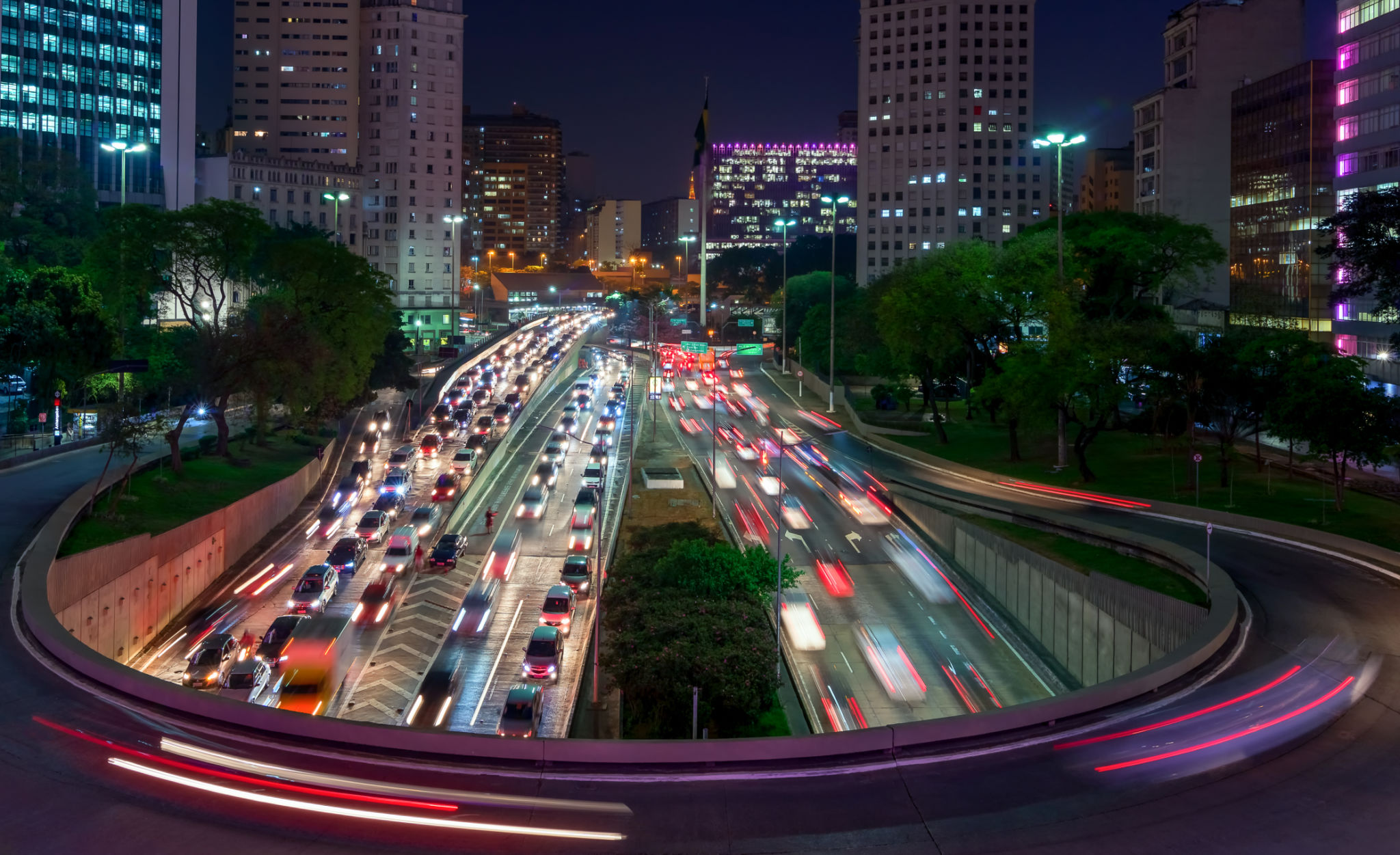Preparing for the Future: Seasonal Challenges and AI Solutions in Urban Areas
Understanding Seasonal Challenges in Urban Areas
Urban areas face unique challenges as seasons change, from extreme weather to fluctuating energy demands. As cities expand, these challenges become more pronounced. **Adapting to these seasonal shifts** is crucial for maintaining a smooth and efficient urban environment.
Common issues include increased energy consumption during the summer, water management during rainy seasons, and road maintenance challenges caused by freezing temperatures in the winter. Each of these issues requires careful planning and innovative solutions to ensure that city life continues without disruption.

The Role of AI in Addressing Seasonal Challenges
Artificial Intelligence is rapidly becoming a pivotal tool in managing seasonal challenges in urban settings. By leveraging data analytics and predictive modeling, AI can help city planners and administrators anticipate and respond to these changes effectively.
For instance, AI can predict peak energy usage times and optimize energy distribution networks accordingly. It can also be used to forecast weather patterns, enabling better preparation for extreme conditions like heatwaves or snowstorms. These predictive capabilities help minimize disruptions and improve the quality of life for urban residents.

AI in Water Management
Water management is a critical challenge in many urban areas, especially during rainy seasons or droughts. AI technology can optimize water distribution systems by predicting demand and detecting leaks early. This ensures that resources are used efficiently and helps prevent shortages or flooding.
Moreover, AI can assist in designing smart irrigation systems that adapt to weather conditions, promoting sustainable water use throughout the year. This not only conserves essential resources but also supports the health of urban green spaces.

Enhancing Urban Mobility with AI
Seasonal changes can severely impact urban mobility, from slippery roads during winter to increased traffic congestion in summer tourist seasons. AI-powered traffic management systems can dynamically adjust traffic signals and suggest alternative routes to alleviate congestion, ensuring smoother commutes.
Furthermore, AI can enhance public transportation by predicting passenger demand and optimizing schedules accordingly. This adaptability helps reduce wait times and improves the overall efficiency of urban transit systems.

Future Prospects and Developments
The integration of AI in urban planning is still evolving, but its potential is vast. As technology advances, cities will be able to implement more sophisticated systems to tackle seasonal challenges effectively. The key lies in continuous innovation and investment in AI research and applications.
By embracing these technologies, urban areas can become more resilient, sustainable, and livable. **The future of cities lies in their ability to adapt** swiftly to changing conditions, and AI offers the tools necessary to achieve this transformation.
In conclusion, preparing for seasonal challenges in urban areas requires a strategic approach that incorporates the latest advancements in AI. By doing so, cities can ensure they remain vibrant and capable of meeting the needs of their inhabitants year-round.
